Putting in a terraced retaining wall, how wide does it need to be
jillyluis
11 years ago
Related Stories

INSIDE HOUZZHow Much Does a Remodel Cost, and How Long Does It Take?
The 2016 Houzz & Home survey asked 120,000 Houzzers about their renovation projects. Here’s what they said
Full Story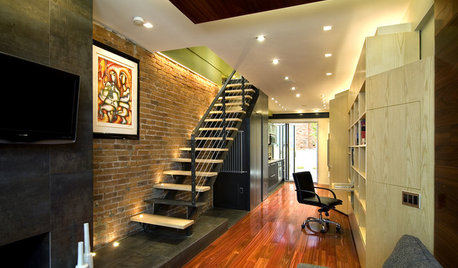
HOUZZ TOURSDesign Lessons From a 10-Foot-Wide Row House
How to make a very narrow home open, bright and comfortable? Go vertical, focus on storage, work your materials and embrace modern design
Full Story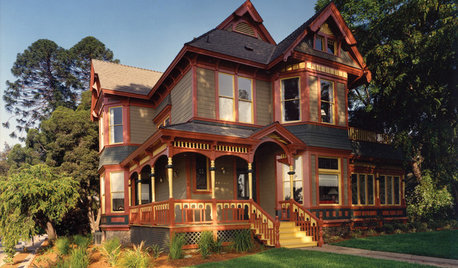
ARCHITECTURERoots of Style: Does Your House Have a Medieval Heritage?
Look to the Middle Ages to find where your home's steeply pitched roof, gables and more began
Full Story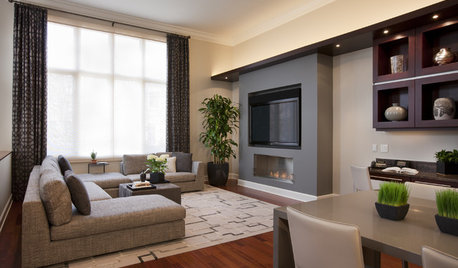
WINDOW TREATMENTS13 Ways to Dress Wide Windows
Make the most of your wall of glass with window treatments that balance privacy and light
Full Story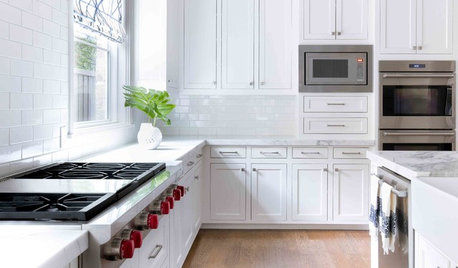
KITCHEN APPLIANCES9 Places to Put the Microwave in Your Kitchen
See the pros and cons of locating your microwave above, below and beyond the counter
Full Story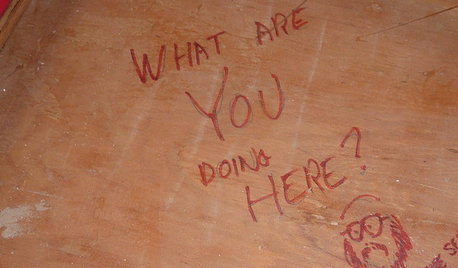
FUN HOUZZDoes Your Home Have a Hidden Message?
If you have ever left or found a message during a construction project, we want to see it!
Full Story
REMODELING GUIDESBathroom Workbook: How Much Does a Bathroom Remodel Cost?
Learn what features to expect for $3,000 to $100,000-plus, to help you plan your bathroom remodel
Full Story
MOST POPULARWhen Does a House Become a Home?
Getting settled can take more than arranging all your stuff. Discover how to make a real connection with where you live
Full Story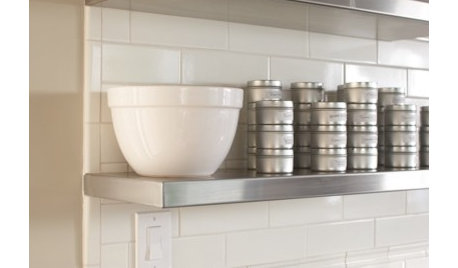
KITCHEN DESIGNHow Much Does a Kitchen Makeover Cost?
See what upgrades you can expect in 3 budget ranges, from basic swap-outs to full-on overhauls
Full Story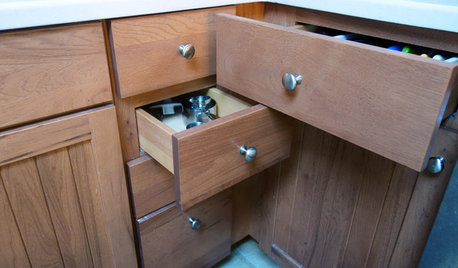
FUN HOUZZ10 Truly Irritating Things Your Partner Does in the Kitchen
Dirty dishes, food scraps in the sink — will the madness ever stop?
Full Story





akamainegrower
rhodyman
Related Professionals
Canton Landscape Architects & Landscape Designers · New Bedford Landscape Architects & Landscape Designers · Reading Landscape Architects & Landscape Designers · Accokeek Landscape Architects & Landscape Designers · Saint Charles Landscape Architects & Landscape Designers · Norwood Landscape Contractors · Amesbury Landscape Contractors · Battle Ground Landscape Contractors · Conroe Landscape Contractors · La Mirada Landscape Contractors · Pleasant Grove Landscape Contractors · Rochester Landscape Contractors · Southbury Landscape Contractors · St. Louis Landscape Contractors · Vancouver Landscape ContractorsjillyluisOriginal Author
akamainegrower
rhodyman
akamainegrower
rhodyman
akamainegrower
rhodyman
jillyluisOriginal Author
akamainegrower
rhodyman